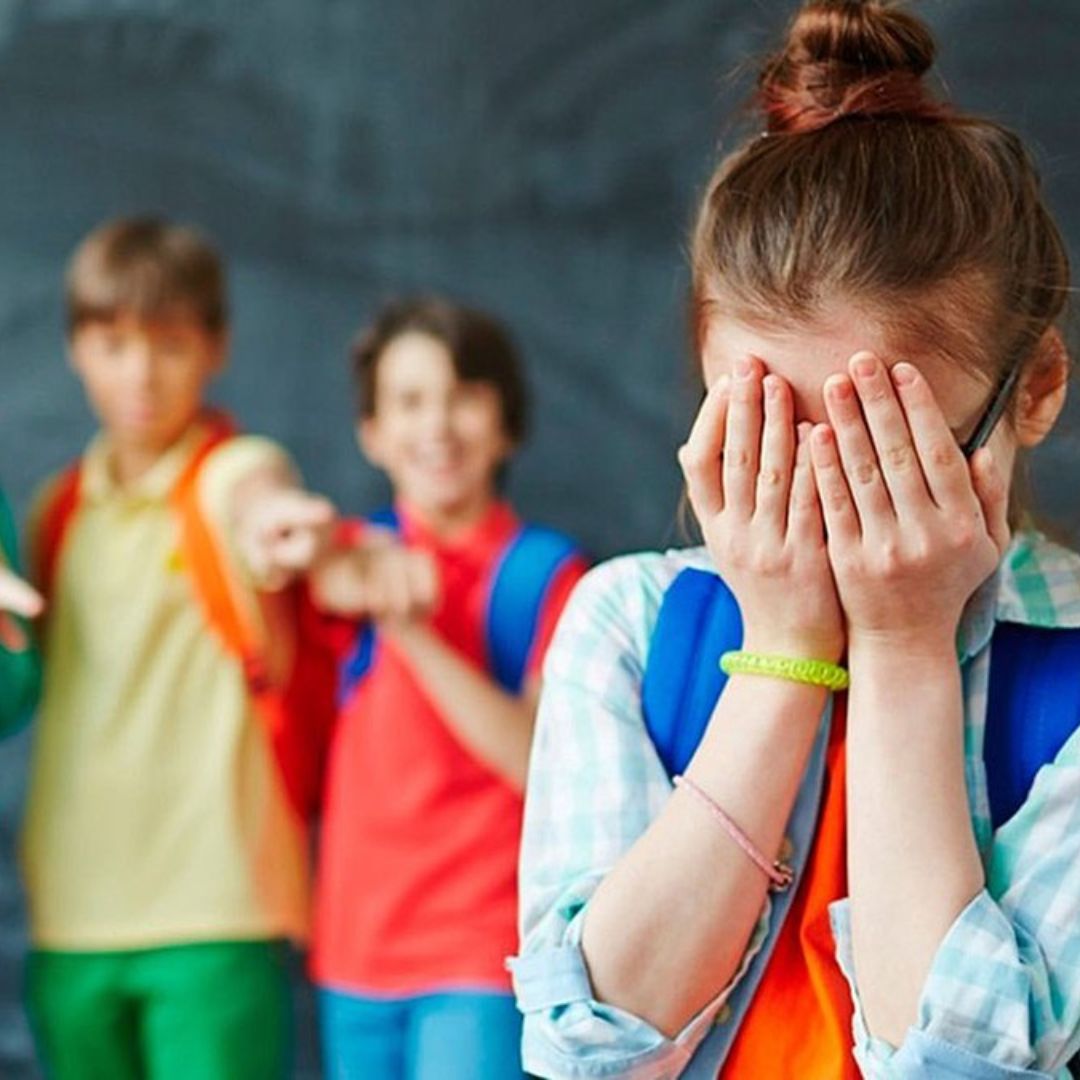
Image Credit: Wikimedia (Representational)
Social Exclusion More Common Form Of Bullying Than Verbal, Physical Aggression; Reveals Study
Writer: Ronit Kumar Singh
A confident and reliable journalist who always desires to toss the unheard voices. I cover politics and governance extensively through stories.
India, 30 Aug 2022 8:43 AM GMT
Editor : Shiva Chaudhary |
A post-graduate in Journalism and Mass Communication with relevant skills, specialising in content editing & writing. I believe in the precise dissemination of information based on facts to the public.
Creatives : Ronit Kumar Singh
A confident and reliable journalist who always desires to toss the unheard voices. I cover politics and governance extensively through stories.
Bullying is always seen as verbal or physical aggression in popular culture. However, a recent study by the University of Missouri shows that 'relational aggression' is the more common form of bullying involving the social exclusion of the victim.
Popular culture has always shown bullying as physical or verbal aggression, where activities like taunting and pushing someone are prevalent. However, a recent study by the University of Missouri shows that 'relational aggression' is the more common form of bullying involving the social exclusion of the victim, unlike physical aggression.
Most people think of words like threatening, insulting, and beaten when they hear the term' bullying.' People only believe and picturise such situations because they have seen the same in popular culture. But the recent study flags it wrong and suggests that social exclusion is the most prevalent form of bullying existing in society, leaving an emotional impact on the victim.
Social Exclusion Is The Worst Experience
According to the study, a long-term and short-term results of a child when they are excluded socially in their school will be just as negative as when they are taunted, pushed or kicked by someone. The social exclusion of a person is the worst experience that stays for long in the human mind, suggests Chad Rose, associate professor at the MU College of Education and Human Development.
He conducted a survey extensively in the United States where more than 14,000 adolescents were asked to rate phrases that reflected pro-bullying attitudes, perceived popularity, and relational aggressiveness as either agreeing or disagreeing.
While examining the survey, Rose noted that a group of respondents, called bystanders or non-aggressors, indicated lower levels of pro-bullying attitude and relational aggression. He also pointed out that the spectators play a crucial role in the process of bullying. Either they prevent it from happening, or they encourage bullying by acting as social reinforcers, reported The Print.
Chad Rose, while mentioning the role of teachers in the entire process, said, "Teachers can assess how well the kids are inviting the input of others' ideas through pleasant, supportive interactions, in addition to creating academic objectives for group projects. Teachers should commend students when they exhibit inclusive and polite behavior since these teachings are just as crucial as those in math, science, and history."
Bullying Prevalent In India
Several reports show that bullying in India is commonly used in educational institutes. It includes verbal aggression, physical aggression and social exclusion, which has a long-term impact on the victim's mind. However, there are strict rules and regulations implemented across every institute in India against the practice of bullying, which can even lead to the suspension of the accused if caught.
In a recent case, an 11-year-old boy in a hostel in Madhya Pradesh's Indore was forced to dance and give massages by the seniors. The victim also accused his seniors of molestation. Similarly, a 14-year-old boy identified as Raunak Banerjee came to his home from school and committed suicide after jumping from his terrace on the 10th floor. In a suicide note, Banerjee mentioned that he took the step because his seniors bullied him in school.
In the infamous Bois Locker Room incident, the members of an Instagram group studying in classes 11 and 12 in Delhi's top school posted photos of teenage girls without their consent in an inappropriate manner. The purpose of the group was to share obscene images of women; many of them were underage, leading to public outcry. Many people don't consider it a case of bullying, but they term it as 'Harassment', which is synonymous with bullying.
Also Read: NCRB Data Flags Delhi As Most Unsafe City In India For Women, Mumbai At Second In List
 All section
All section














